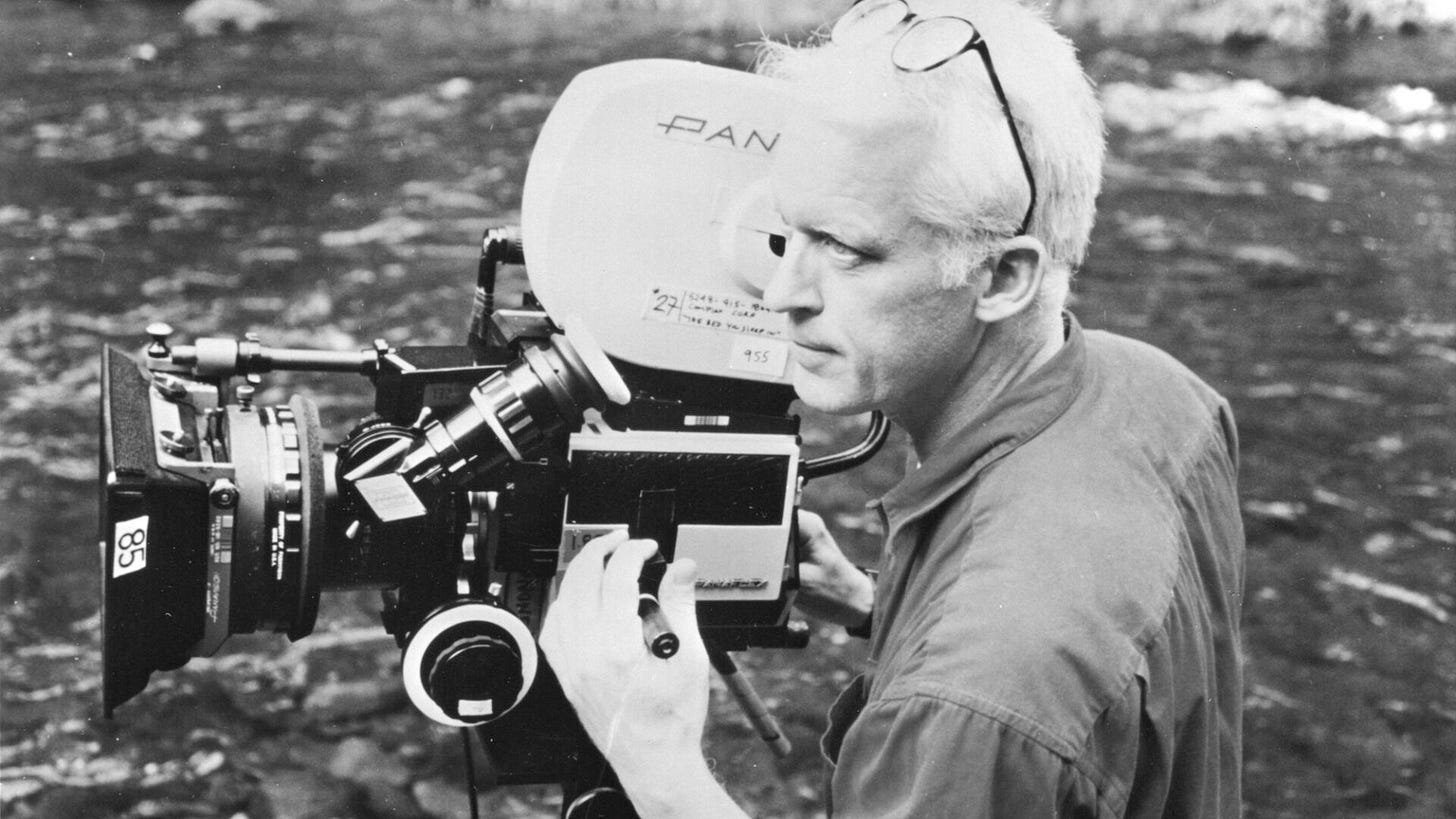In tracing the evolution of underground cinema, Parker Tyler’s Underground Film: A Critical History offers a foundational lens to understand its roots and how it continues to influence filmmaking today. Underground film, as Tyler describes, was an art form born from rebellion, rejecting commercial cinema's norms and creating space for personal expression, social critique, and experimental aesthetics. Although the context of underground cinema has shifted dramatically since its inception, its core ethos—breaking boundaries, questioning authority, and celebrating individuality—remains vital in contemporary filmmaking.
My personal exposure to underground cinema began with the works of Andy Warhol and John Waters. These filmmakers captured my attention with their bold, unfiltered perspectives, diving into taboo subjects and visual experimentation. Warhol’s minimalist, yet thought-provoking approach in Chelsea Girls and Waters’ gleefully transgressive films like Pink Flamingos opened my eyes to the power of underground cinema. They were pioneers in blending art, film, and social commentary in ways that were groundbreaking for their time.
As I delved deeper into the world of underground filmmaking, I found myself captivated by a new wave of filmmakers whose work pushed the boundaries of narrative and visual form. Christopher Munch’s The Hours and Times intrigued me with its intimate exploration of historical figures, while Lynn Hershman’s Teknolust blended speculative fiction with social commentary, tackling issues of identity and technology in a way that felt ahead of its time.
Jon Jost’s work, particularly The Bed You Sleep In, embodied a stark, raw realism that challenged conventional storytelling and provoked introspection. Julie Dash’s Daughters of the Dust offered a visually stunning and culturally rich portrayal of African-American life, and her inclusion of magical realism made it one of the most important contributions to underground and independent cinema.
The surreal, darkly comic style of Guy Maddin’s films, like Brand Upon the Brain, always struck me as both bizarre and enchanting, demonstrating how underground cinema could be a vehicle for personal myth-making. I was also deeply influenced by filmmakers like Derek Jarman and Peter Greenaway, whose works were filled with striking visual symbolism and deeply intellectual exploration of themes like history, sexuality, and power. Jarman’s The Garden and Greenaway’s The Cook, The Thief, His Wife & Her Lover revealed the capacity for underground cinema to be deeply political, as well as artistically daring.
Today, as I continue to explore my own filmmaking practice, I recognize how deeply these filmmakers—along with others—have shaped my approach to storytelling and film editing. Underground cinema, as outlined by Tyler and exemplified through these works, is not just a historical movement but an enduring influence on how we perceive and create film. Its spirit of experimentation, defiance, and celebration of marginalized voices continues to resonate, even in the digital age where new forms of underground cinema emerge through accessible technologies and independent platforms.
The evolution of underground film is not just a tale of the past but a dynamic journey that continues to inform the ways we tell stories in ways that disrupt the conventional and challenge the status quo.
Reading List:
"Underground Film: A Critical History" by Parker Tyler – A must-read for understanding the roots and evolution of underground cinema.
"The Avant-Garde in Cinema" by David Green – Explores avant-garde movements and their impact on modern film.
"Film as a Subversive Art" by Amos Vogel – A detailed look into the experimental and underground film movements, full of insight into films that have shaped non-mainstream cinema.
"The Cinema of Transgression" by John Waters – Waters himself provides insight into the radical, transgressive films he helped shape.
Film Watchlist:
Andy Warhol’s Chelsea Girls (1966) – A groundbreaking, experimental piece that redefined narrative and film form.
John Waters’ Pink Flamingos (1972) – A transgressive, outrageous film that pushed boundaries and shocked mainstream audiences.
Christopher Munch’s The Hours and Times (1991) – A subtle, emotionally charged exploration of the lives of John Lennon and Brian Epstein.
Lynn Hershman’s Teknolust (2002) – A speculative, futuristic film that explores issues of identity, technology, and the self.
Jon Jost’s The Bed You Sleep In (1993) – A stark, poignant exploration of human relationships and self-doubt.
Julie Dash’s Daughters of the Dust (1991) – A visually rich, culturally significant film that explores African-American life and history.
Guy Maddin’s Brand Upon the Brain! (2006) – A surreal, cinematic masterpiece blending humor, mystery, and absurdity.
Derek Jarman’s The Garden (1990) – A deeply personal and political exploration of sexuality and social alienation.
Peter Greenaway’s The Cook, the Thief, His Wife & Her Lover (1989) – A lavishly stylized film that combines elements of the grotesque with a biting critique of power and desire.








Nice Tony, been a while since I entertained such films. You listed a semester's worth of content to look at. Is there one in particular you'd think I'd like--that leans more into the beauty of camera work and lighting? I like absurdity, but enjoy it more when the cinematic craft equally plays its part.